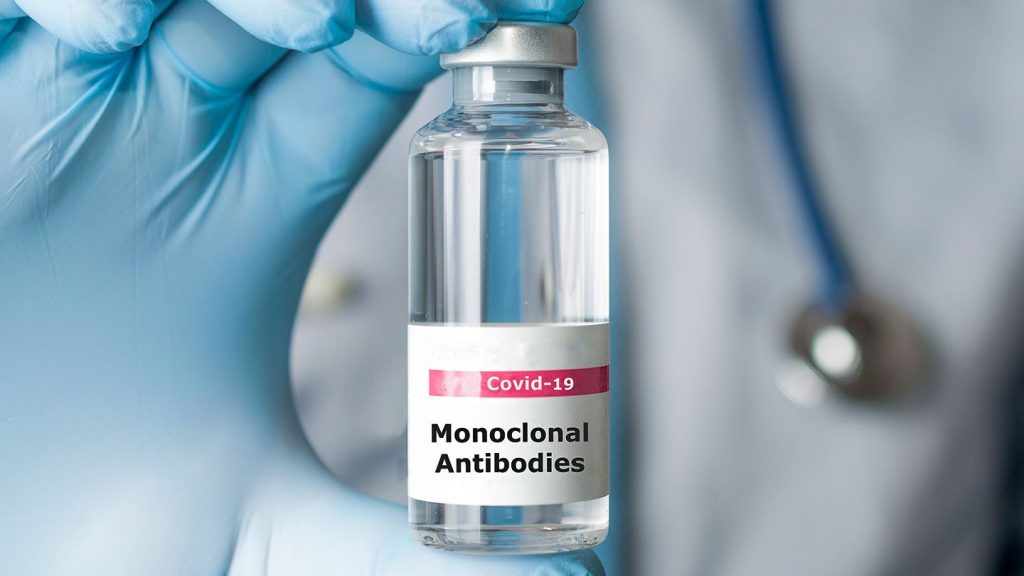DUBLIN–(BUSINESS WIRE)–The “Anti-obesity Drugs Market Report 2024-2034” report has been added to ResearchAndMarkets.com’s offering.
Overall world revenue for Anti-obesity Drugs Market, 2024 to 2034 in terms of value the market, will surpass US$ 78.00 billion in 2034, the work calculates. The publisher predicts strong revenue growth through to 2034. The work identifies which organizations hold the greatest potential. Discover their capabilities, progress, and commercial prospects, helping you stay ahead.
The Anti-obesity Drugs Market Report 2024-2034: This report will prove invaluable to leading firms striving for new revenue pockets if they wish to better understand the industry and its underlying dynamics. It will be useful for companies that would like to expand into different industries or to expand their existing operations in a new region.
Increased Prevalence of Obesity
Over the past few decades, obesity rates have risen dramatically across all age groups and demographics, fuelled by a combination of genetic, environmental, socioeconomic, and cultural factors. The World Obesity Federation estimated that by 2020 around 770 million adults globally were affected by obesity, and that figure is anticipated to exceed one billion by 2030. Changes in dietary habits, sedentary lifestyles, urbanization, and globalization have contributed to the widespread adoption of unhealthy eating patterns and reduced physical activity levels, leading to excess weight gain and obesity-related health complications.
Moreover, obesity is not only a standalone health condition but also a major risk factor for numerous chronic diseases, including type 2 diabetes, cardiovascular diseases, certain cancers, and musculoskeletal disorders, further exacerbating its impact on population health. The consequences of obesity extend beyond individual health outcomes to encompass societal and economic burdens, including increased healthcare costs, lost productivity, and diminished quality of life.
Addressing the multifaceted drivers of obesity requires a comprehensive and multi-sectoral approach that encompasses policy interventions, community-based initiatives, education campaigns, and healthcare strategies aimed at promoting healthy lifestyles, improving access to nutritious foods, and creating supportive environments for physical activity. By tackling the root causes of obesity and implementing effective prevention and treatment measures, stakeholders can mitigate the escalating obesity epidemic and mitigate its far-reaching consequences on global health and well-being.
Rising Healthcare Expenditure
As obesity rates continue to climb globally, healthcare systems are increasingly allocating resources towards interventions aimed at combating this epidemic. This heightened expenditure encompasses various aspects, including research and development efforts to innovate new and more effective anti-obesity drugs, healthcare provider education and training on obesity management strategies, as well as patient outreach and support programs. Additionally, the economic burden of obesity-related health complications, such as diabetes, cardiovascular diseases, and certain cancers, further underscores the necessity of investing in preventive and therapeutic measures to mitigate these downstream health costs.
Furthermore, as healthcare systems transition towards value-based care models that prioritize preventive interventions and chronic disease management, there is a growing emphasis on the role of pharmacotherapy in comprehensive obesity treatment plans. While the upfront costs of anti-obesity drugs may seem significant, they are often outweighed by the potential long-term benefits of improved health outcomes and reduced healthcare expenditures associated with obesity-related comorbidities.
Overall, the rising healthcare expenditure in the anti-obesity drugs market reflects a strategic investment in addressing a pressing public health issue and underscores the importance of prioritizing obesity management within healthcare budgets to mitigate the broader societal and economic impacts of this epidemic.
Competitive Landscape
Key players within the Anti-obesity drugs market compete based on the diversity and efficacy of their product portfolios. Some focus on developing novel drugs with unique mechanisms of action, while others may specialize in repurposing existing medications for weight management. Innovation is a crucial driver of competition in the anti-obesity market.
Companies invest in research and development to discover new drug targets, formulations, and delivery methods that can offer improved outcomes for patients with obesity. Collaboration allows companies to pool their R&D efforts, share scientific insights, and access complementary technologies or expertise. This can expedite the discovery and development of novel anti-obesity medications.
Market Dynamics
Market Driving Factors
- Increasing Prevalence of Obesity
- Growing Awareness of Health Risks Associated with Obesity
- Technological Advancements
- Favourable Government Policies to Address Obesity Epidemic
Market Restraining Factors
- Adverse Drugs Reactions Associated with Anti-obesity Drugs
- Adherence to Weight Management Medications
- Lack of Access to Affordable Anti-obesity Drugs
Market Opportunities
- Increasing Number of Individuals Grappling with Obesity
- Automation in Drug Development Technologies
- Utilization of Digital Platforms to Enhance Patient Engagement
Anti-obesity Drugs Analysis
- Top Anti-obesity Products, by Revenue
- Pipeline Analysis by Phase
- New Product Launches
COVID-19 Impact Analysis
Porter’s Five Forces Analysis
PEST Analysis
Leading companies profiled in the report
- Arena Pharmaceuticals Ltd.
- Bayer AG
- Boehringer Ingelheim International GmbH
- Carmot Therapeutics, Inc.
- CHEPLAPHARM Arzneimittel GmbH
- CohBar, Inc.
- Curaxx Pharmaceuticals LLC
- Eisai Co., Ltd.
- Eli Lilly and Co
- F. Hoffmann-La Roche Ltd
- GlaxoSmithKline Plc
- Hanmi Pharm Co., Ltd.
- Merck & Co., Inc.
- Novo Nordisk A/S
- Pfizer Inc.
- Rhythm Pharmaceuticals, Inc.
- Takeda Pharmaceutical Company Limited
- VIVUS LLC
- Zydus Lifesciences
Segments Covered in the Report
Drug Type
- Prescription
- OTC
Mechanism of Action
- Glucagon like Peptide GLP-1 Agonists
- Gastric inhibitory Polypeptide Receptor (GIPR) Antagonist
- Amylin Receptor Agonist
- Lipase Inhibitors
- Serotonin and Norepinephrine Reuptake Inhibitor (SNRI)
- Others
Route of Administration
- Oral
- Intravenous
- Subcutaneous
Distribution channel
- Hospital Pharmacies
- Retail Pharmacies
- Online Pharmacies
For more information about this report visit https://www.researchandmarkets.com/r/ggf329
About ResearchAndMarkets.com
ResearchAndMarkets.com is the world’s leading source for international market research reports and market data. We provide you with the latest data on international and regional markets, key industries, the top companies, new products and the latest trends.
Contacts
ResearchAndMarkets.com
Laura Wood, Senior Press Manager
For E.S.T. Office Hours Call 1-917-300-0470
For U.S./ CAN Toll Free Call 1-800-526-8630
For GMT Office Hours Call +353-1-416-8900










